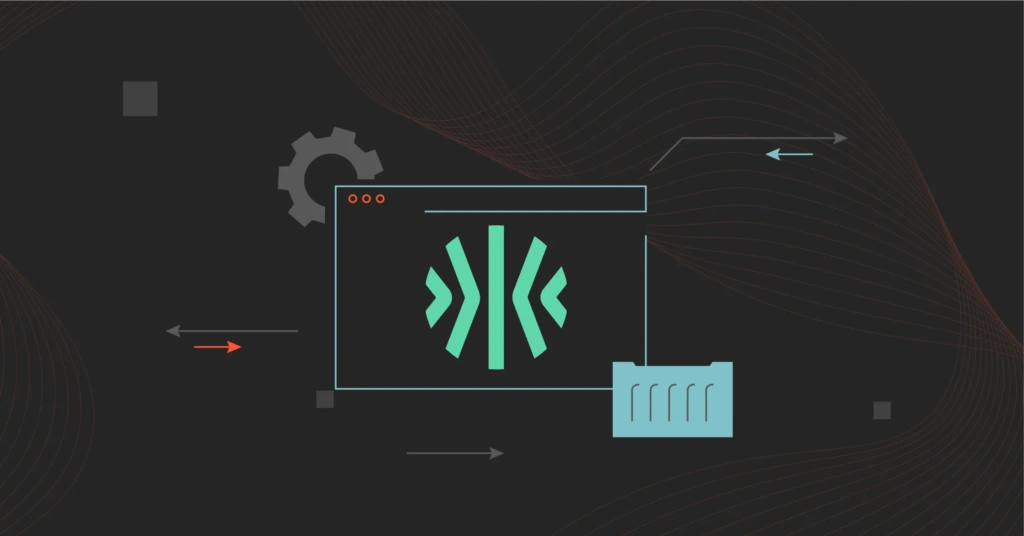Every successful cloud platform is centered around solving a specific problem or fulfilling a need for its users. This forms the why and what — cloud strategy. Once the strategy is defined, the next crucial step is the how — putting that strategy into action through cloud enablement.
Cloud enablement is the practical execution of cloud strategy. It covers everything from migrating applications to automating processes, optimizing resources, and ensuring security.
Kion is a popular cloud enablement tool that supports FinOps and DevOps teams. Perhaps you already use the platform and are looking for an alternative.
In this guide, we’ll review some of the best Kion alternatives available today.
But first, what exactly does Kion do?
What Does Kion Do?
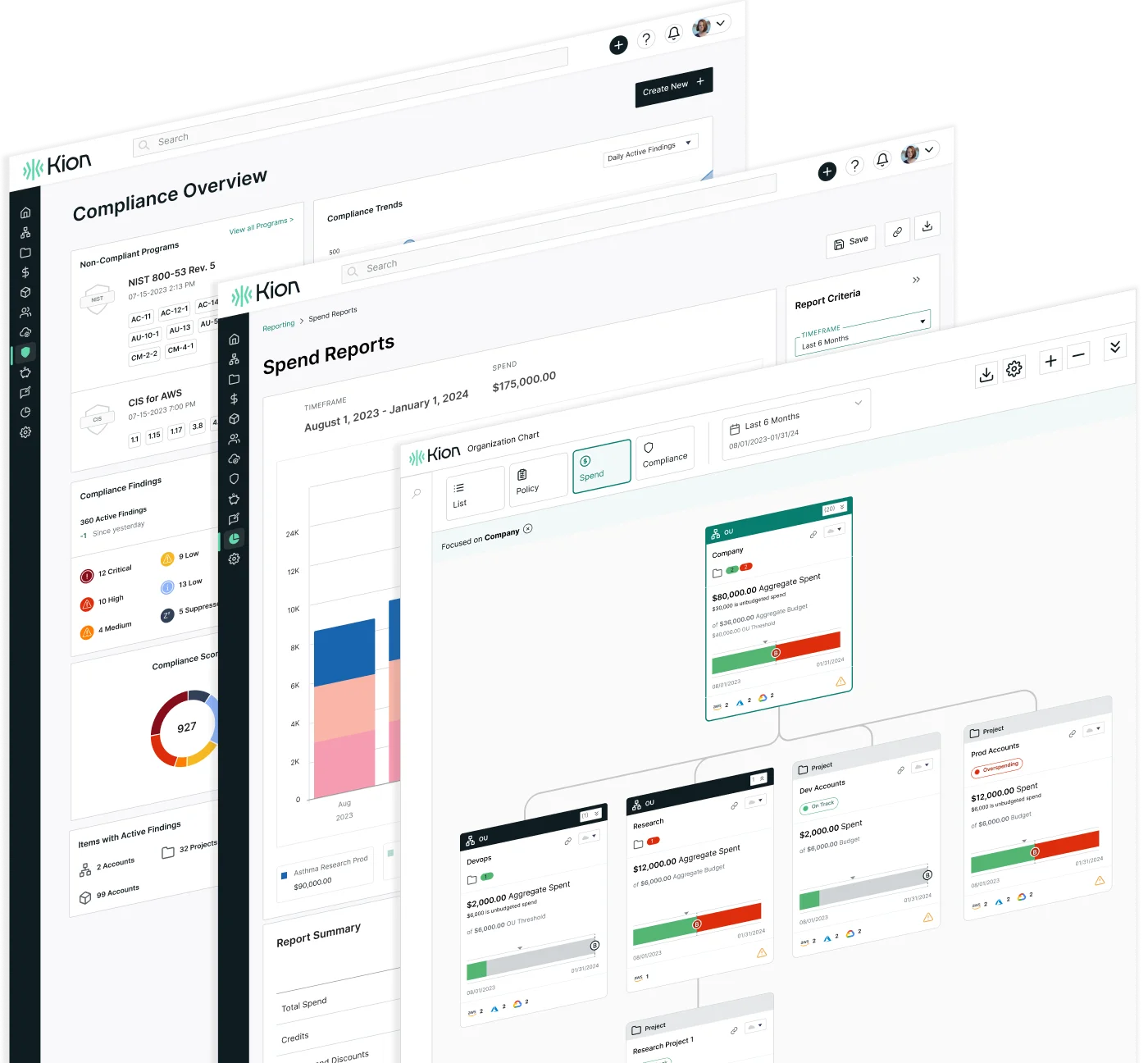
Kion is a comprehensive, multi-cloud enablement platform. It automates cloud operations through cost management, governance, and compliance.
The platform provides policy-based automation, handling resource provisioning and managing identity and access control. This enables organizations to enforce strict security and operational policies automatically.
Kion also offers orchestration and automation tools. It supports FinOps by allocating funds, setting alerts for budget overruns, and proactively addressing cost issues.
Yet, Kion may still not suit every organization.
Why Consider A Kion Alternative?
Kion is a cloud-native platform that is self-hosted within the customer’s cloud environment. While this may be an advantage to some, especially in terms of control, security, and customization, it has major drawbacks.
- Unlike SaaS solutions, which the provider manages, Kion customers have to handle updates, patches, and maintenance themselves.
- Installing Kion requires technical resources and cloud expertise. This can be a challenge for smaller organizations without dedicated teams.
- Hosting Kion in your own cloud increases costs for computing, storage, and networking.
- Scaling Kion is the customer’s responsibility. This can add complexity compared to SaaS solutions that scale automatically.
If you’re not ready to manage everything yourself or don’t want to spend more on cloud resources, a Kion alternative may be a better fit.
11 Kion Alternatives For Optimal Cloud Management
These alternatives ensure cloud governance, cost management, and automation.
1. CloudZero
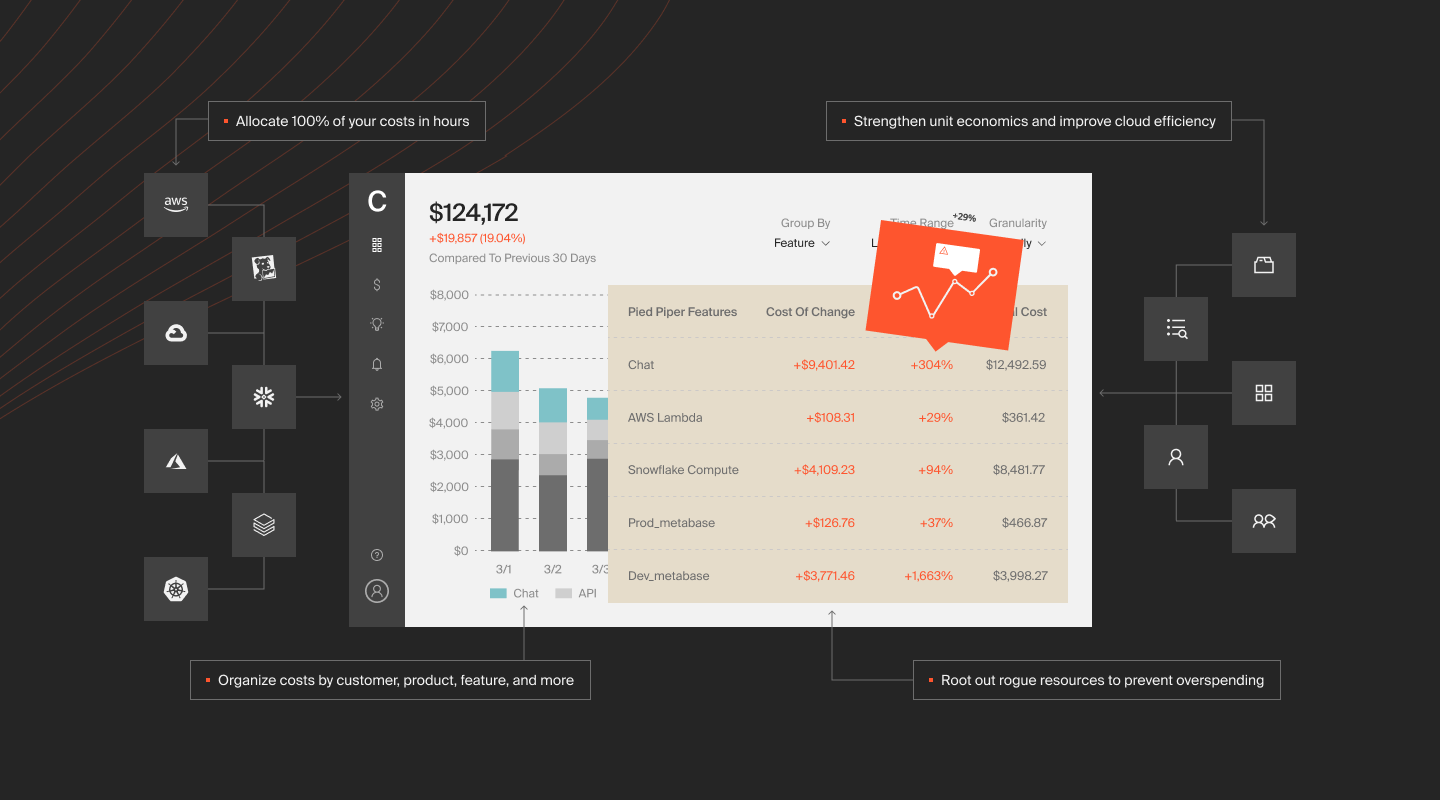
For starters, CloudZero is a SaaS platform best known for its Cloud Cost Intelligence approach. The platform works with all major cloud providers and SaaS platforms to analyze and allocate cloud spend. It offers accurate budgeting and surfaces the cost of tagged, untagged and shared resources.
CloudZero also breaks down costs in ways that matter, such as cost per customer, feature, project, team, and more. This helps forecast costs for new projects or customers confidently.
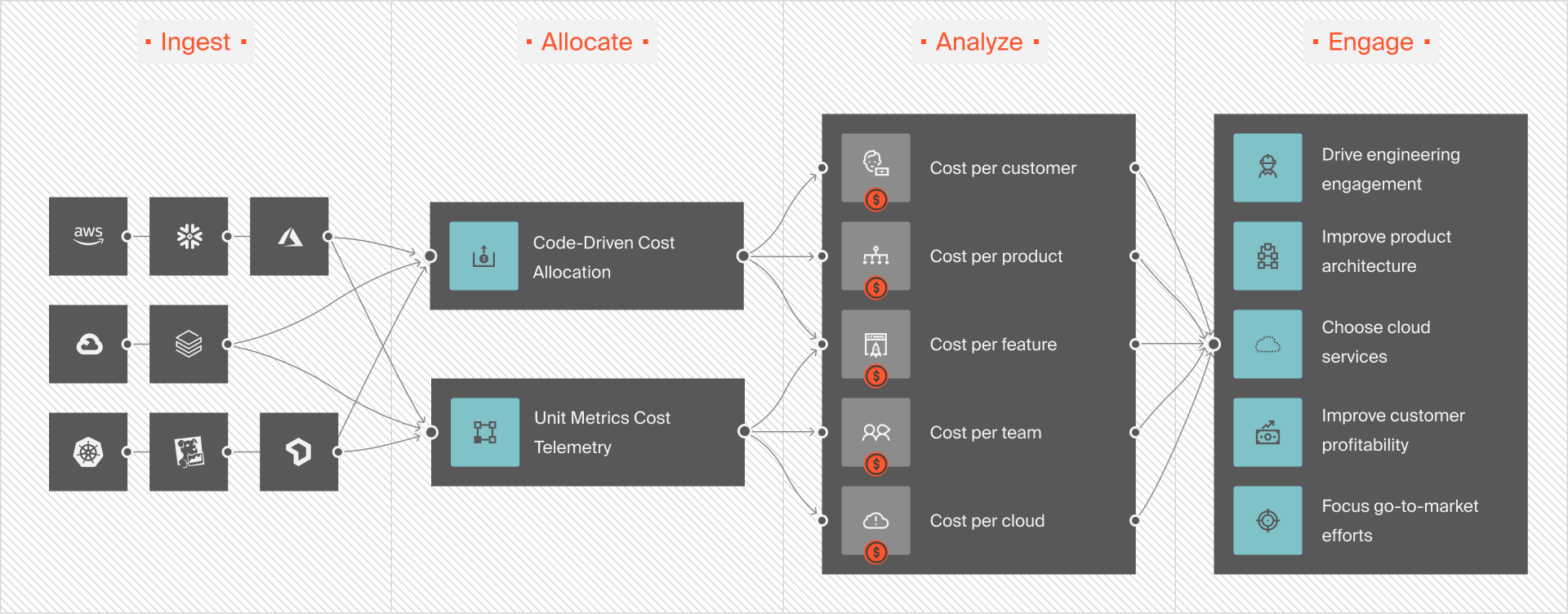
CloudZero uses cost control as a key part of its cloud governance strategy through anomaly detection. This helps detect issues in cloud operations and security. For example, misconfigured assets or applications can lead to cost spikes. CloudZero will send an anomaly alert, enabling teams to address issues before they escalate.
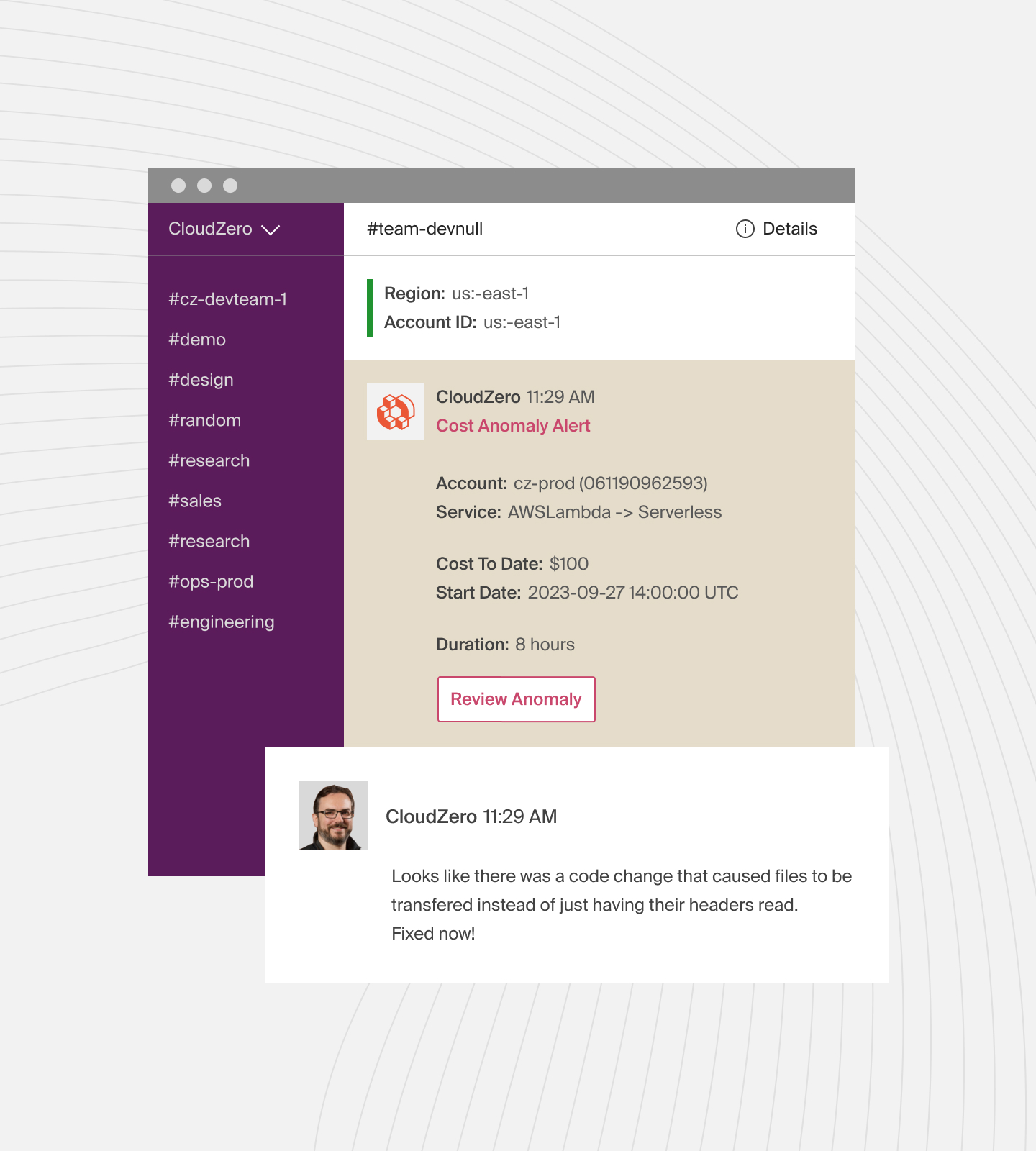
CloudZero is also a FinOps-certified platform that enables cross-team collaboration. It aligns engineering, finance, and other stakeholders around a common language of cloud cost management. This ensures that teams can work together and make strategic decisions based on accurate financial data.
2. Lacework

While Kion emphasizes cost management and cloud governance, Lacework excels at security and compliance. It offers features such as automated threat detection, workload protection, and compliance monitoring.
With Lacework, you can secure Kubernetes and hybrid cloud environments. Whether you choose an agentless or agent-based deployment, Lacework continuously collects and monitors data. It tracks application activity, user behavior, network traffic, and vulnerabilities. This enables you to act on potential issues fast.
3. RedHat Ansible
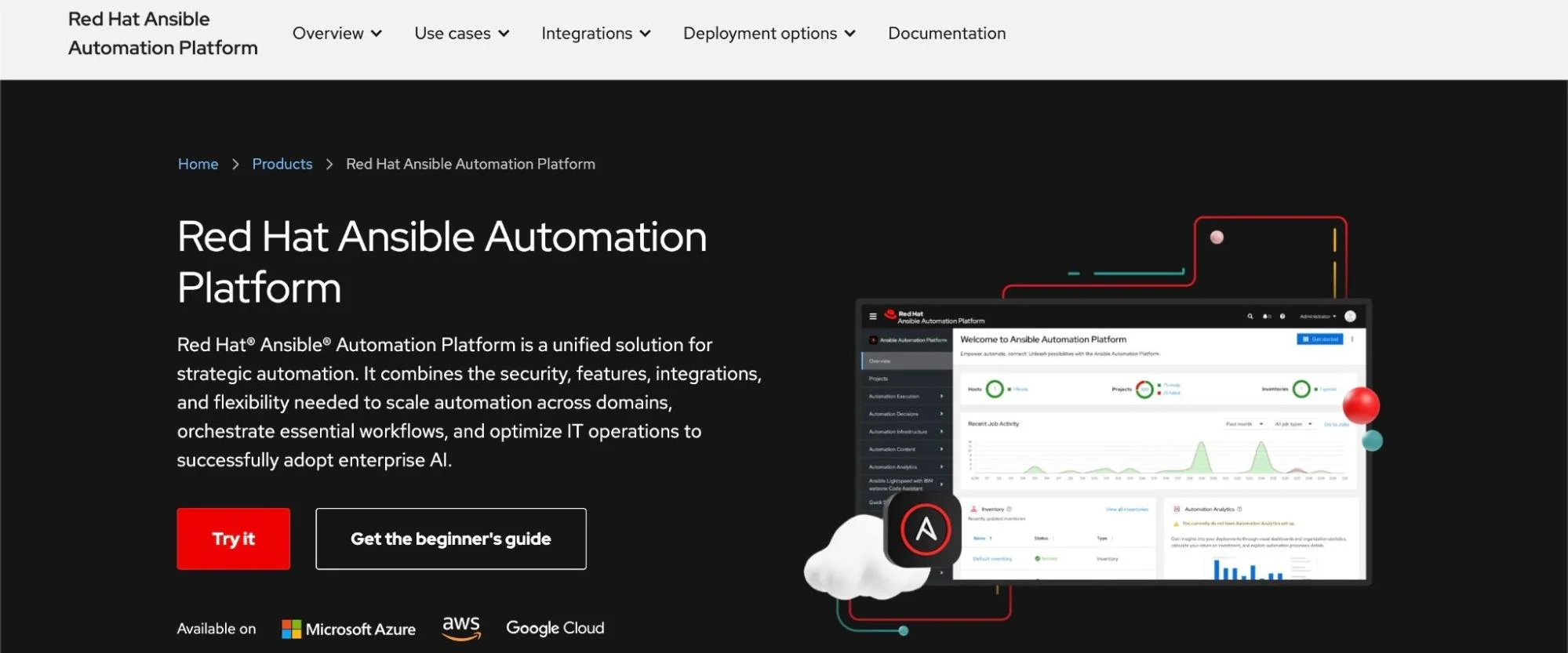
Red Hat Ansible will be the best alternative if your primary need is to automate cloud infrastructure. Its agentless architecture simplifies automation across different environments (cloud, virtual, physical, and container) without the need to install additional software on each managed system.
It works with Ansible Automation Mesh to support scalability by distributing automation tasks across multiple nodes. This brings automation closer to the endpoints, ensuring efficient execution even in large or complex environments.
4. Morpheus
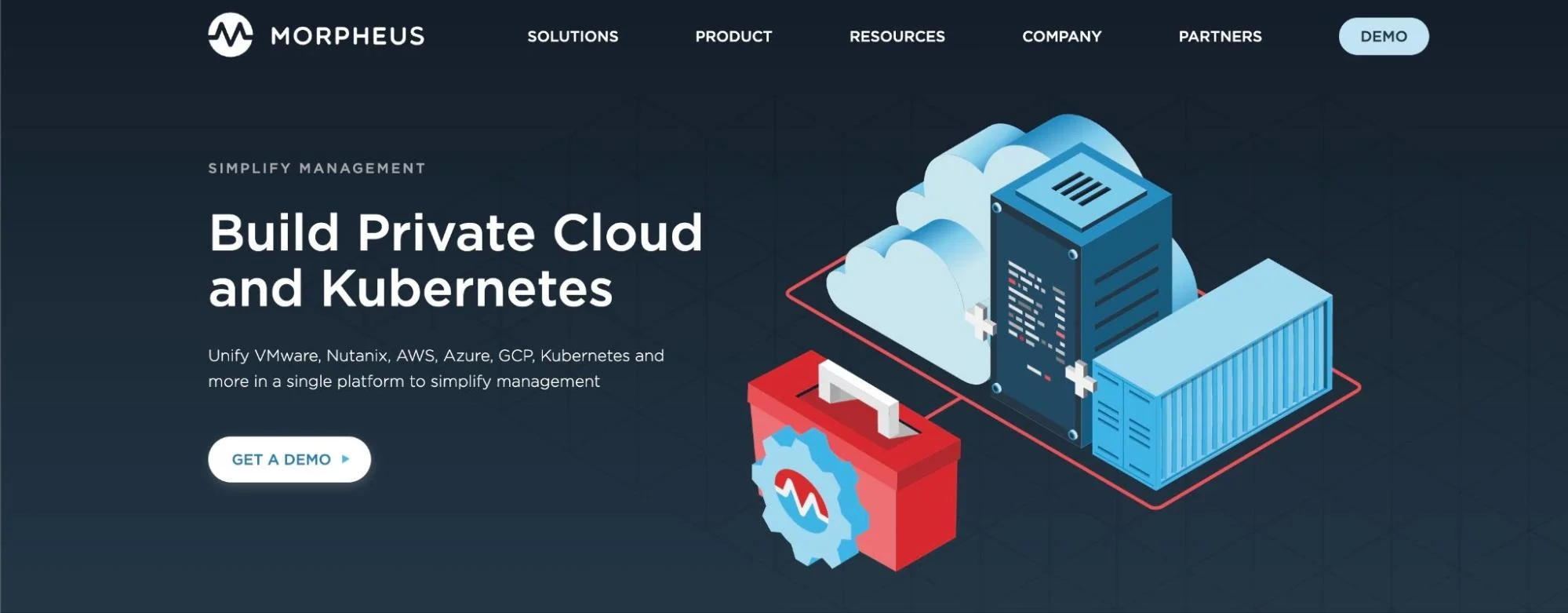
Morpheus is a hybrid cloud management and automation platform. It is most suitable for teams using containerized applications such as Kubernetes and Docker. It orchestrates containers alongside traditional workloads, offering flexibility for both DevOps and IT operations.
In cloud governance, Morpheus leverages shadow IT — the use of technology without approval from IT or security teams. This happens when employees bypass official processes to deploy resources fast. Morpheus addresses this by enabling self-service provisioning with built-in security guardrails. This ensures employees can access cloud resources while still following security protocols.
The platform’s policy engine also adds layers of governance. It manages the lifecycles of resources, enforces compliance, and limits usage based on set quotas.
5. IBM MCMP
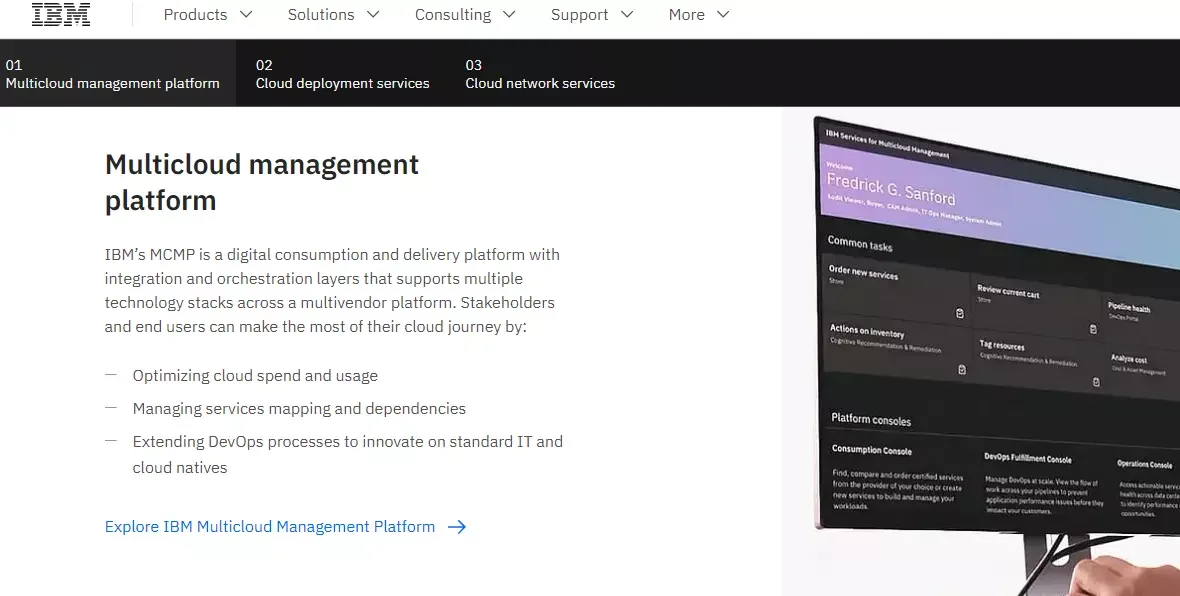
The IBM Multicloud Management Platform (MCMP) manages cloud infrastructure, automates operations, and governs multi-cloud environments. It features a suite of cloud services optimization tools, the most common being:
- IBM MCMP AIOps Console: uses AI-driven insights to support multi-cloud visibility and performance
- IBM MCMP DevOps: supports the automation and monitoring of DevOps workflows across multiple clouds
- Cloud Automation Manager: integrates with IBM MCMP to enhance automation and self-service capabilities
- Cost and Asset Management (CAM): helps in cost tracking, management and optimization
MCMP also supports Kubernetes clusters (containers and microservices) managemnt.
6. Nutanix Cloud Manager
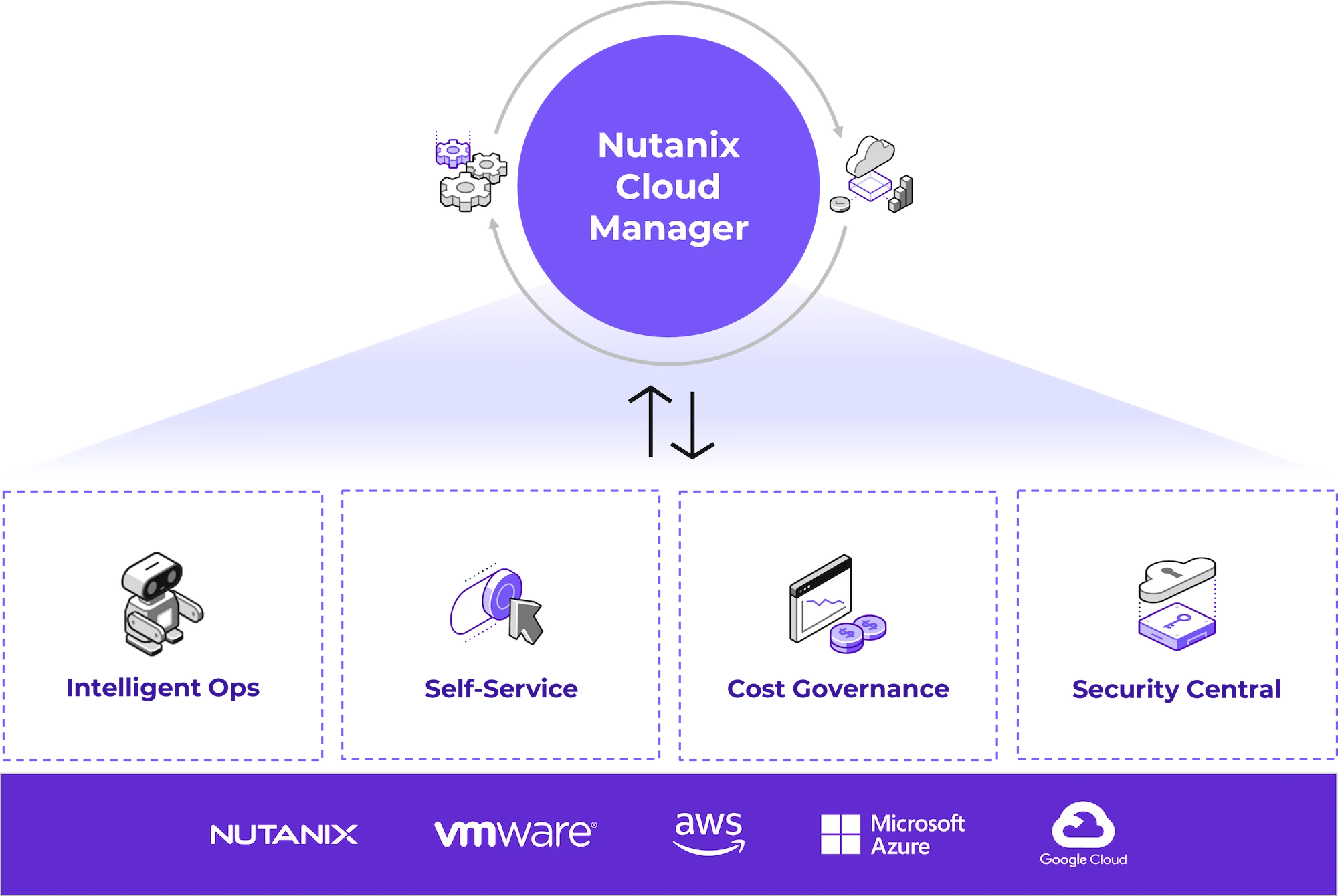
With Nutanix Cloud Manager, teams can provision, manage, and scale applications with self-service tools. This empowers IT teams to deploy and manage resources without needing deep coding skills. It also offers centralized role-based IT governance that ensures only authorized users can access certain resources.
NCM also offers intelligent monitoring and insights into cloud resource performance. It uses automated anomaly detection and capacity planning to optimize resource usage and detect performance issues before they affect operations.
7. Vanta
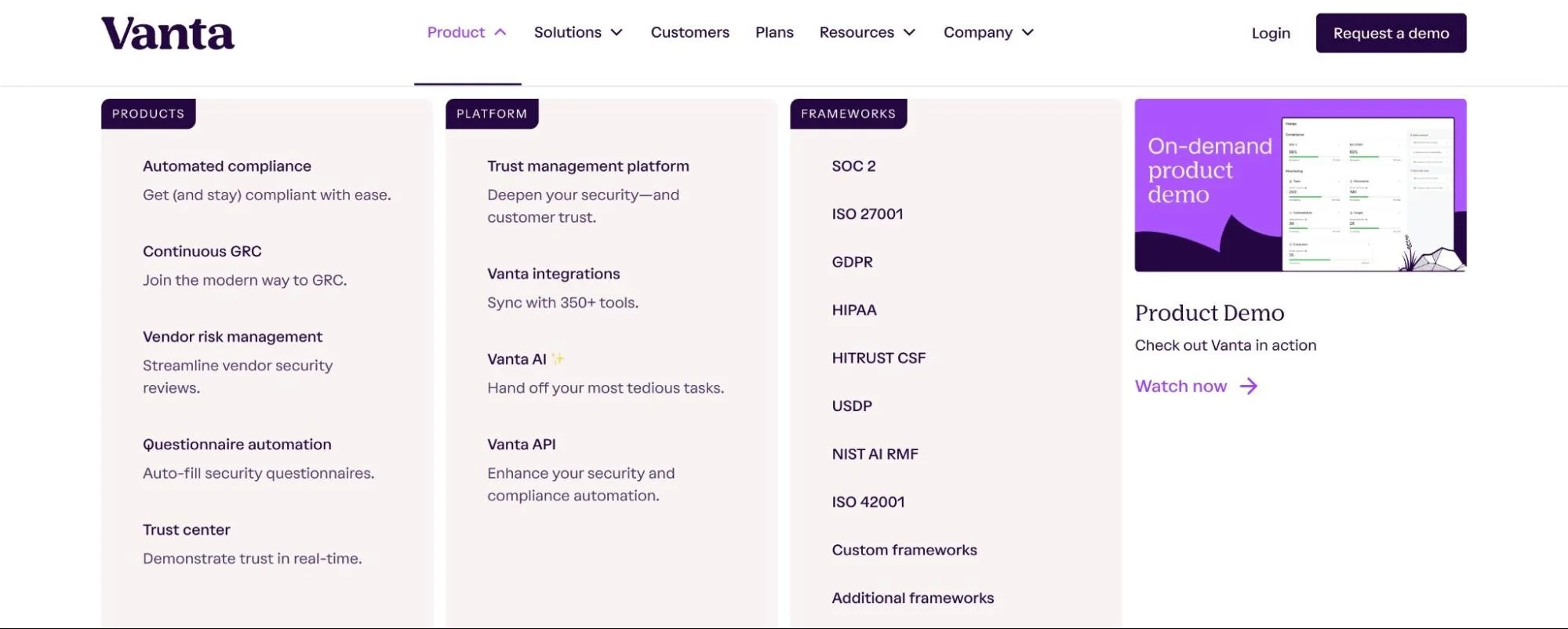
Vanta is a compliance automation platform. It helps teams comply with security standards such as SOC 2, HIPAA, ISO 27001, GDPR, and more. It also automates many of the manual processes involved in achieving certification for these standards.
These enable businesses to manage their security and privacy efforts efficiently.
Vanta also manages vendor lock-in risks through its automated Vendor Risk Management (VRM) platform. It identifies all vendors, even those added without approval, and assigns risk scores based on security and compliance. It also continuously monitors vendors, ensuring businesses are aware of any changes in risk.
8. OpenStack
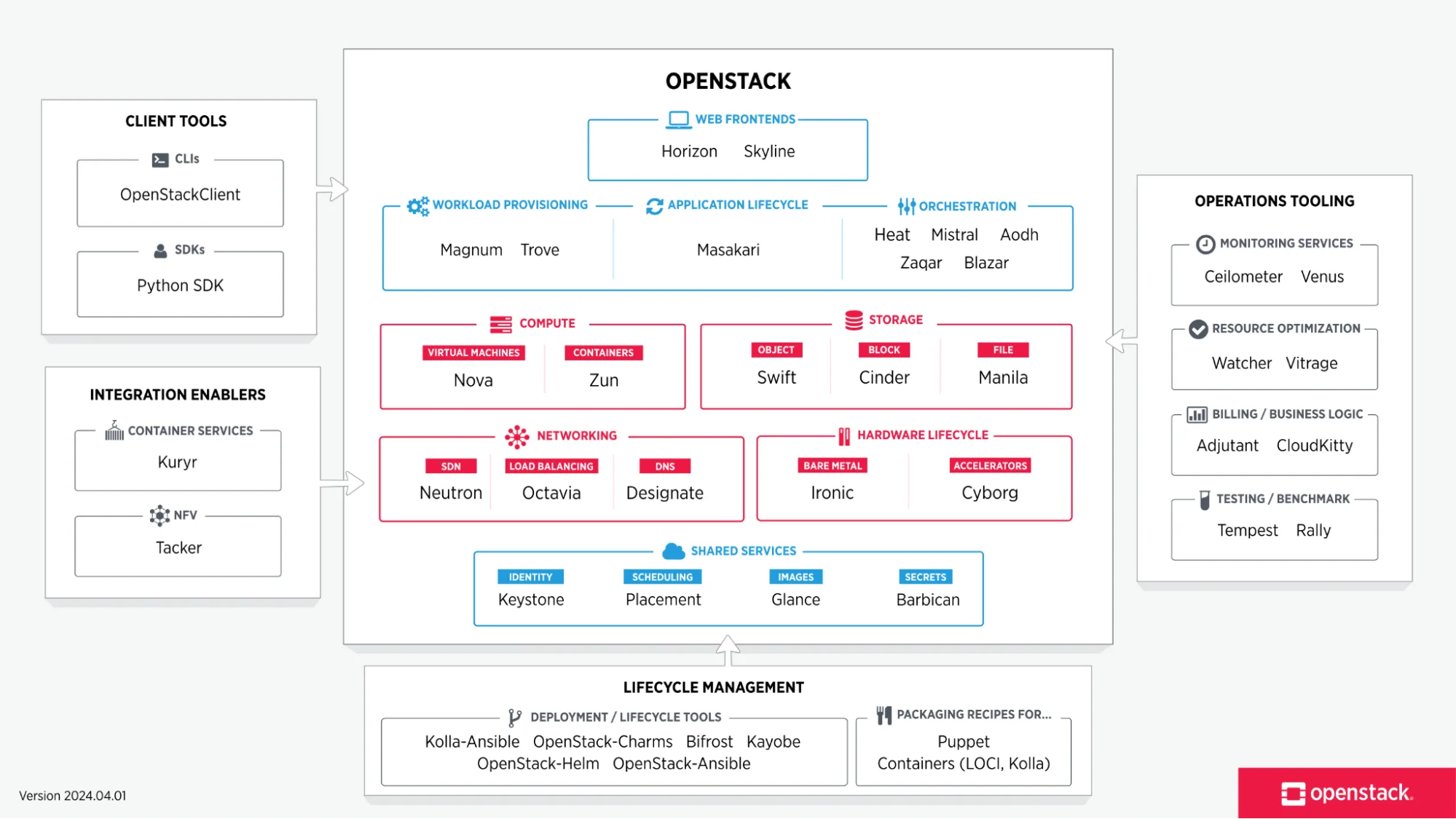
OpenStack is an Infrastructure as a Service (IaaS) platform. It offers robust support for infrastructure automation through its built-in tools. Heat is OpenStack’s orchestration engine. It automates the deployment and management of infrastructure using templates. Neutron provides network-as-a-service (NaaS) and manages networking resources in OpenStack.
OpenStack also offers basic cloud governance through several mechanisms. It uses role-based access control (RBAC) to manage who can access and modify resources. Administrators can set quotas to limit resource consumption and ensure fair usage. Tools like Ceilometer and Aodh provide monitoring and logging for usage tracking and auditing. OpenStack also supports policy enforcement with security groups and network rules.
9. Drata
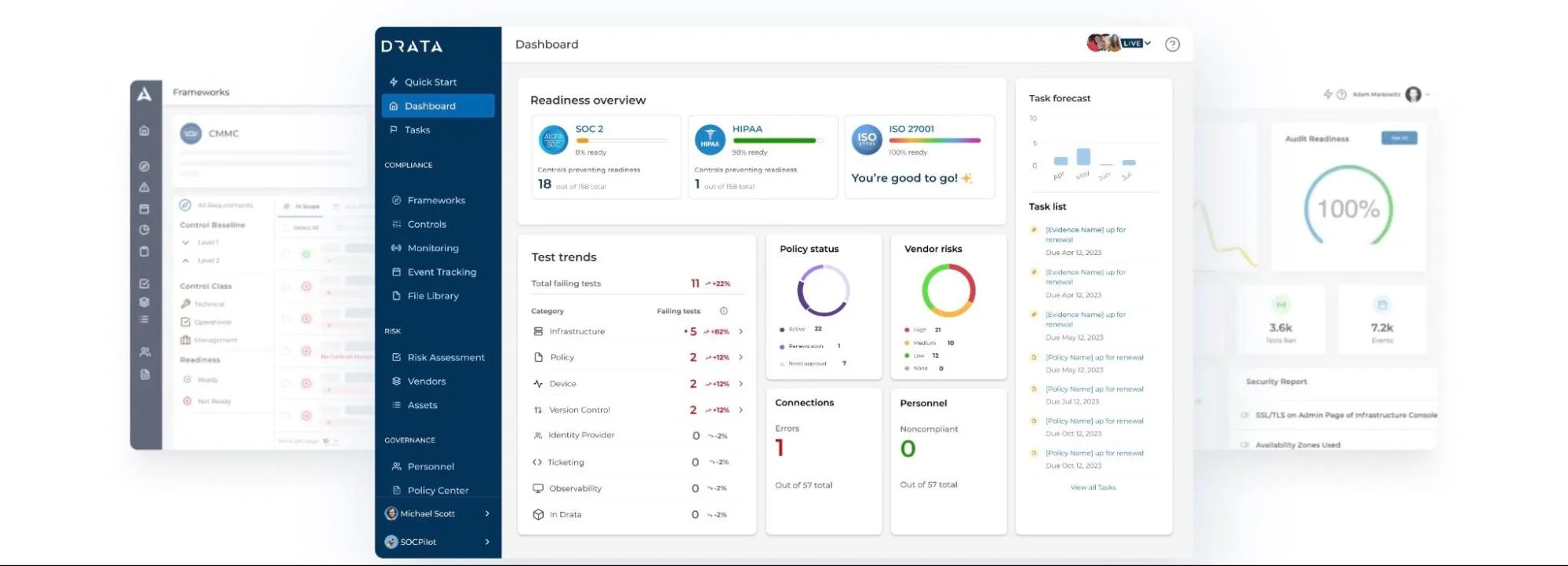
Drata integrates with your existing tech stack to automatically collect and store compliance evidence. It reduces the need for back-and-forth communication with auditors by automating evidence requests and allowing teams to share documents instantly. This helps streamline audits and keep documentation organized in one place.
Drata also helps organizations set clear rules for developers during code development. These rules ensure the code aligns with compliance standards. The platform then offers Infrastructure as Code (IaC) tests that run automatically, spotting any misconfigurations before deployment. This way, teams can identify and address issues early, before the code goes live.
10. Cloudify
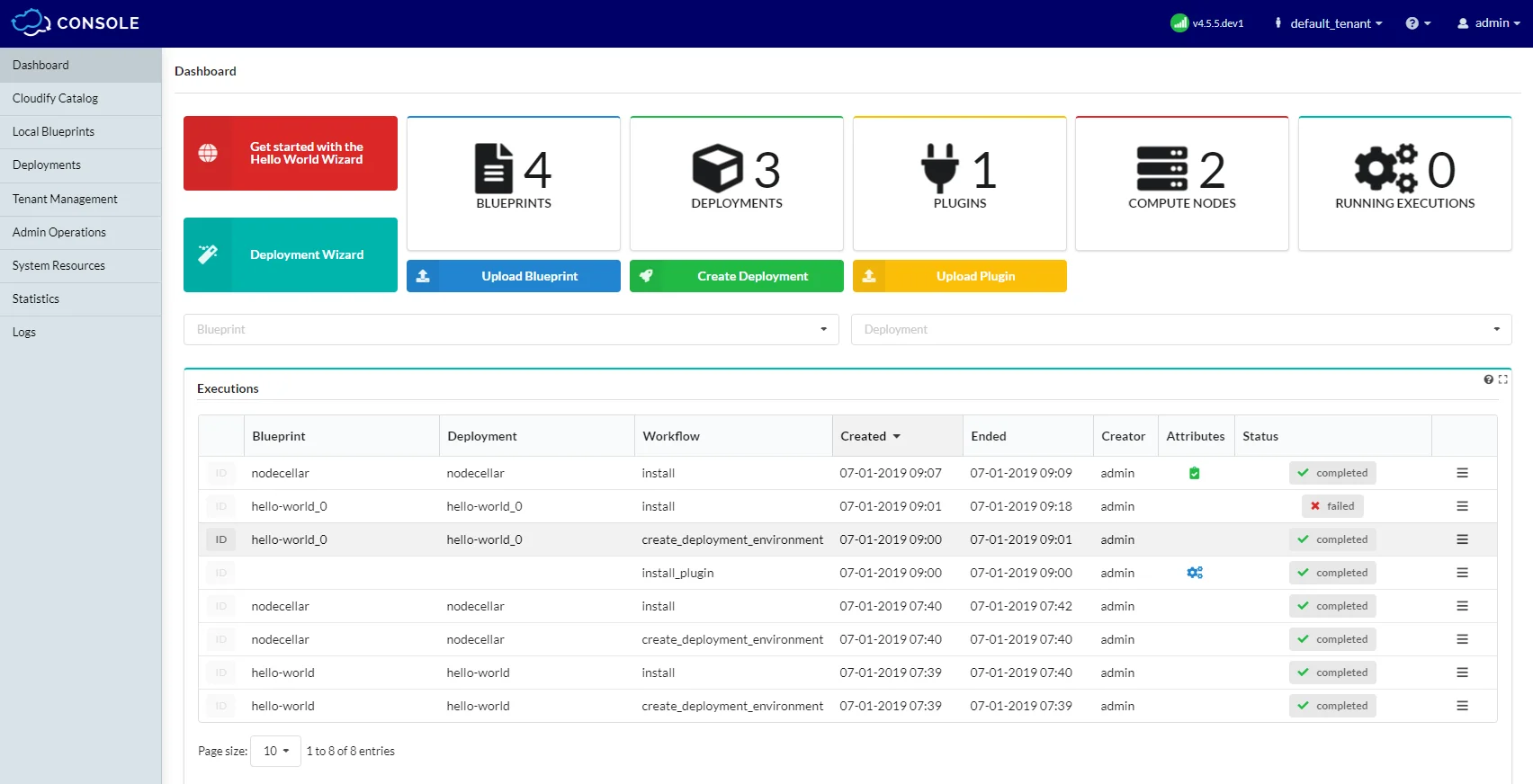
Cloudify is an Environment-as-a-Service (EaaS) platform. It automates the creation, management, and orchestration of cloud environments.
The platfrom handles the provisioning of infrastructure such as virtual machines, networks, storage, and applications. Once users define the components, Cloudify deploys them across multiple clouds. This streamlines provisioning and ensures consistency across environments, from development to testing and production.
Another benefit of Cloudify is its self-service capability. Teams can provision cloud environments without needing approval or manual intervention. This reduces delays and simplifies operations.
Cloudify also manages the entire environment lifecycle, including monitoring, scaling, and decommissioning resources based on demand.
11. VMware Tanzu CloudHealth
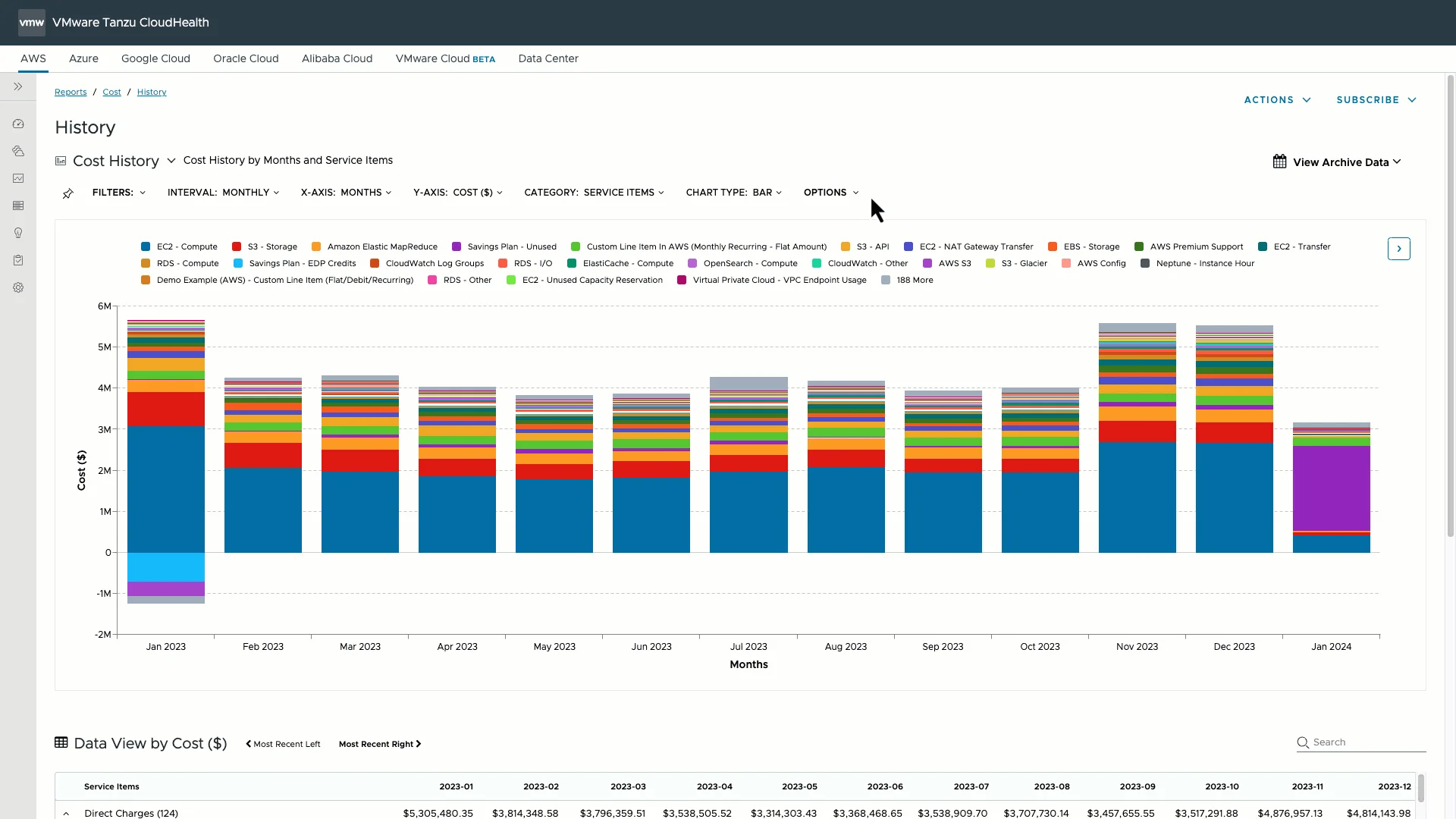
VMware Tanzu CloudHealth is primarily a traditional cloud cost management platform. It features detailed cost reports, budgeting tools, optimization recommendations, and multi-cloud management solutions. These features help businesses track and optimize their cloud spending effectively.
In cloud governance, CloudHealth enables users to maintain control over their multi-cloud environments through policy-based management. The platform includes a suite of tools that allow users to create and enforce automated governance policies. This ensures that cloud resources are securely managed across different infrastructures, improving both efficiency and security.
Read more on VMware Cloudhealth alternatives for cloud cost management.
What next?
Experience Cloud Cost Management with CloudZero: Our Proven Approach
As a SaaS platform, we consider ourselves “customer zero.” This means that we actively use our own platform to manage and optimize our cloud costs. By being our own customers, we can test CloudZero in real-world scenarios, identify inefficiencies, and discover cost-saving opportunities firsthand. This approach helps us understand the same challenges our customers face. It enables us to continuously improve our platform based on practical use, not just theoretical models.
 to see how we validate our technology through our own experience, to ensure it delivers real value.
to see how we validate our technology through our own experience, to ensure it delivers real value.

